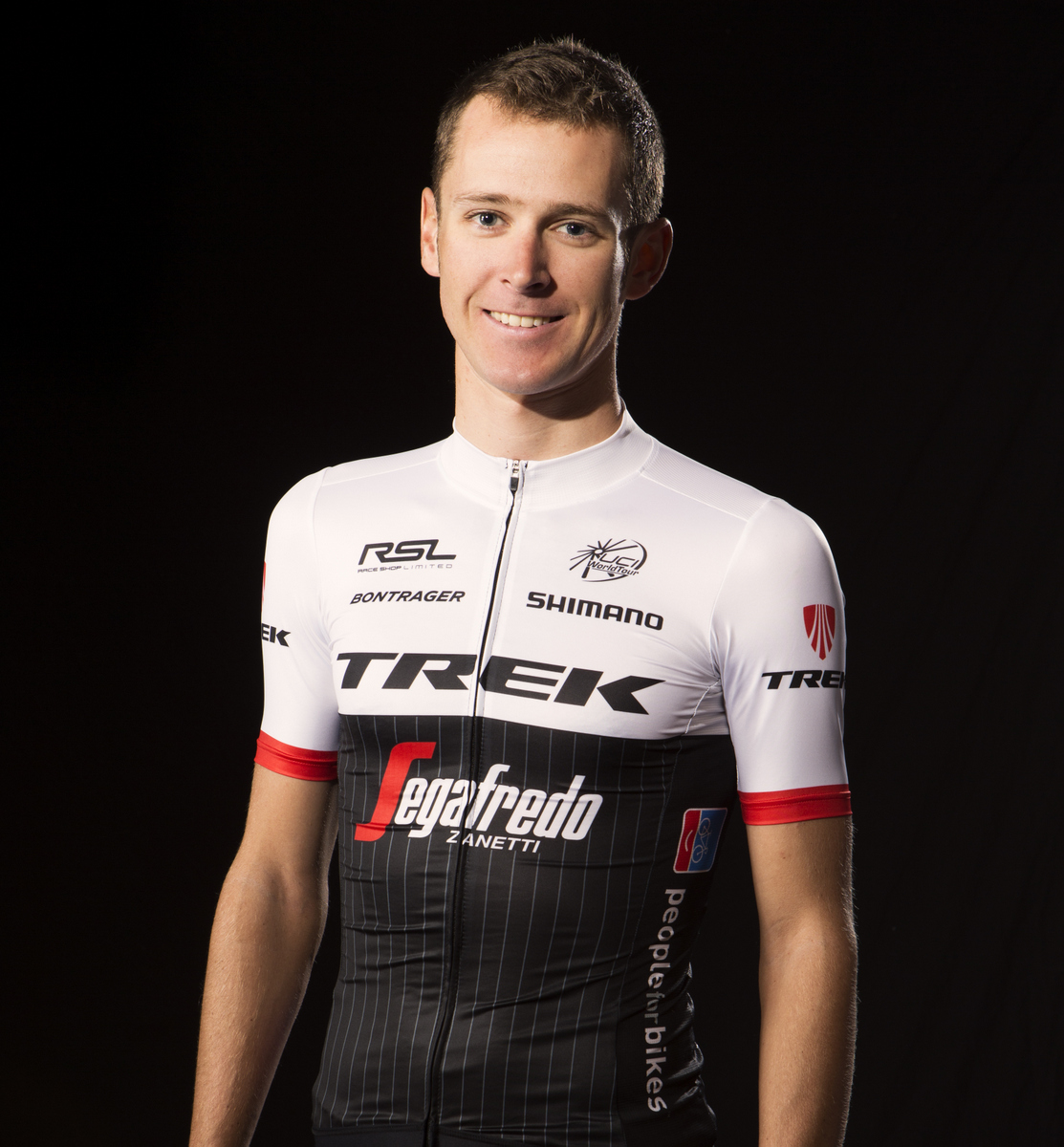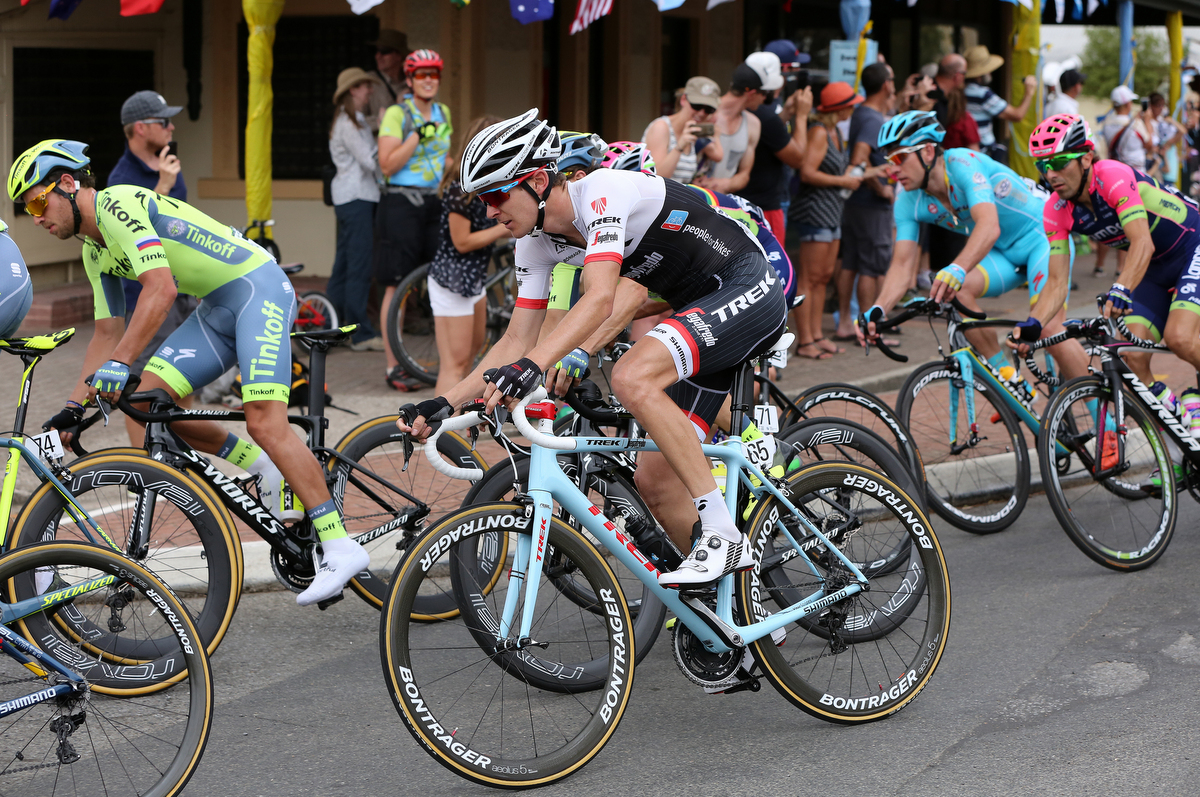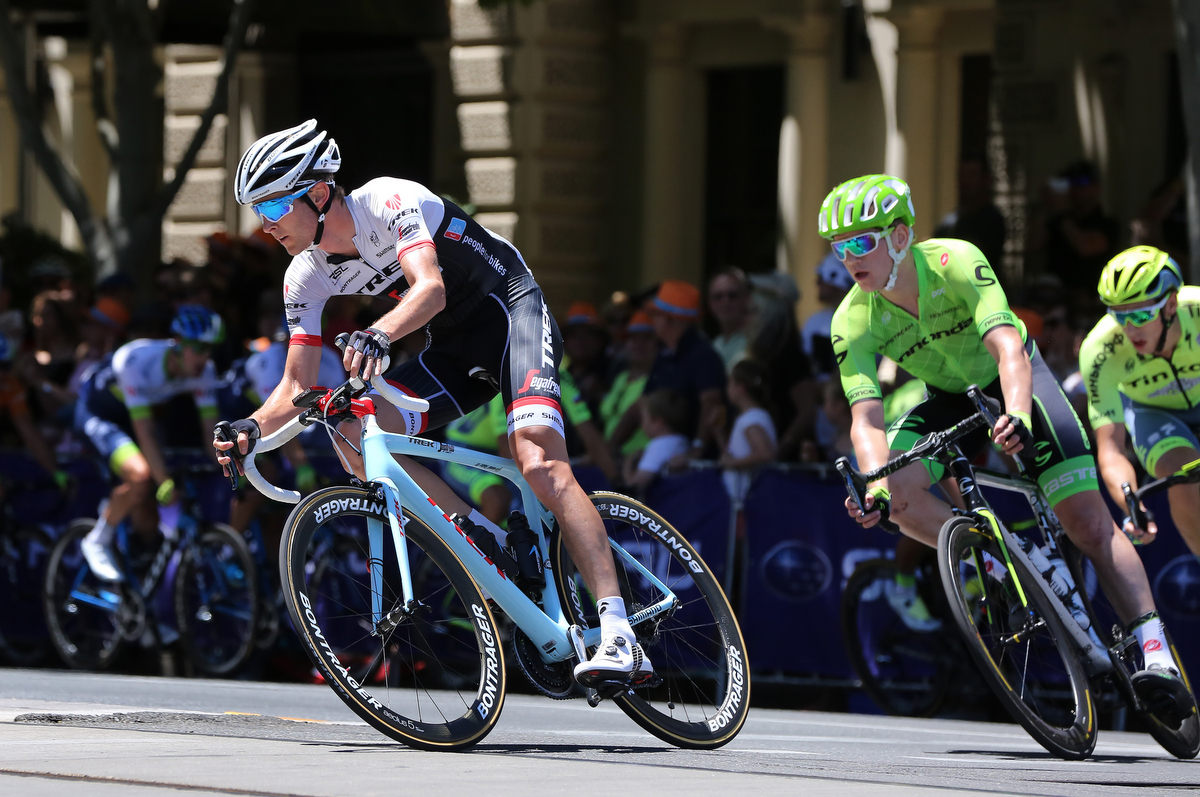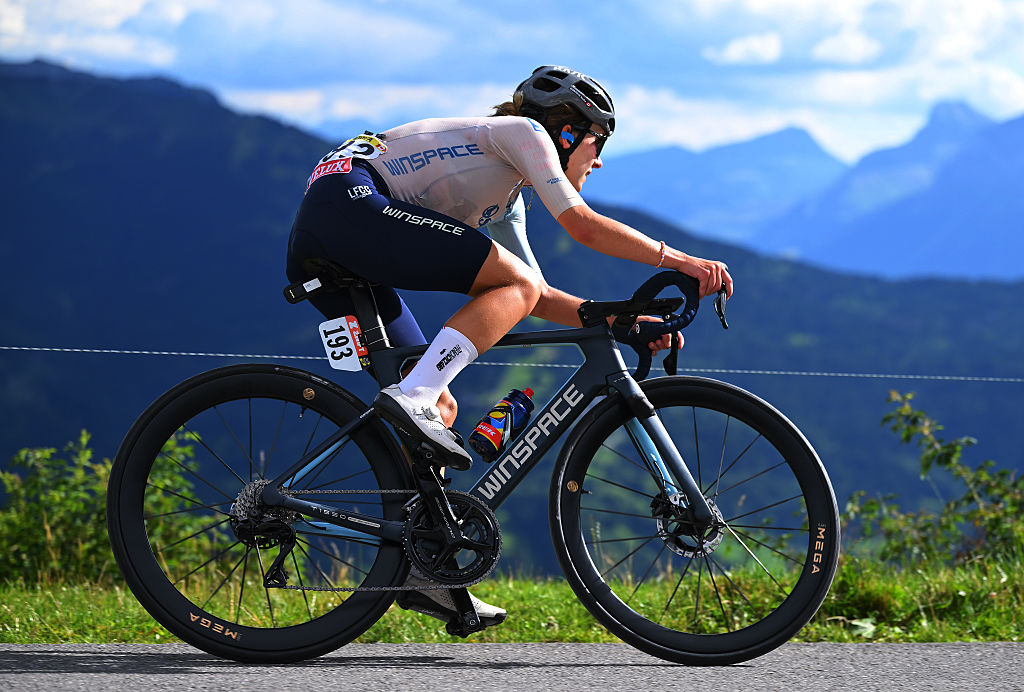Peter Stetina: My comeback trail leads through Pais Vasco
American hesitant to face the race that left him with career-threatening injuries a year ago



We’re coming up on April 6, which is the one-year mark since my crash in Bilbao at Pais Vasco. I was talking with my wife yesterday about it and we were saying that it’s been a crazy year that in some ways seems so short and others so long. I’ve taken a lot of steps throughout the year since my accident and things are still moving in the right direction but I’m still far from where I was on April 5 of last year.
Stetina out of Pais Vasco with broken kneecap and ribs
Stetina vows to make full recovery from Pais Vasco crash
Stetina beats recovery expectations with Tour of Utah return
Peter Stetina signs for Trek Factory Racing
Stetina takes another step in recovery from leg injury
Stetina: I have to let the races beat me up and then come back stronger
It’s interesting, for me, returning to Pais Vasco. The terrain is dramatic, the fans are some of the most passionate in cycling, the food is good, and for that reason I love this place and racing here. But I had some hesitancy in returning to this race because of the negligence of the organisation.
I could have died here.
If I had hit anything else besides my leg I probably would not be here today. It was a career-threatening injury. This is what many of my doctors have told me; sometimes with a particular break such as mine, the leg is amputated. I’m confident that my top form will come back one day, but the jury is out on ever being back to having a normal lifestyle. I don’t think I’ll ever be running a five-kilometre race in the off-season again, there’s also a knee replacement in my future, and playing soccer with my future kids someday is out the window.
I didn’t want to return to this race because I don’t support this organisation. I feel like they haven’t taken the steps necessary to improve rider safety, but at the same time, I need more races to get back into top form.
After four months of even struggling to walk, what I am missing right now is that muscle mass and that high-speed snap, I lost so much of that, which is the hardest thing to get back. I need more racing to get that back, race intensity with countless maximal efforts, if I want to be good in time for my own objectives, which are the Tour of California and the Tour de France. I’m nearly there. I’m close. In terms of watts it’s only five per cent but five per cent is the difference between winning the race and being in the gruppetto – it’s huge.
My comeback trail leads through Pais Vasco; this is the time of year to push myself and there isn’t another race on the calendar. To not return would hinder my own objectives for future races, and that would almost be like allowing the race organisers to take something from me a second time.
The latest race content, interviews, features, reviews and expert buying guides, direct to your inbox!
I need to return for my team. They want me to be here to support our leaders Bauke and Fränk. That was the reason Trek-Segafredo brought me on board in the first place, so I need to set aside personal feelings, be impartial, and come to Pais Vasco for them, which is good. I can’t let myself get too emotional about it. I’m not scared of returning to the race, but I’d be lying if I said I’m not apprehensive. I need to try and approach this race with the neutral eye that I had before I crashed here last year.
I’m still sceptical though and I hope the UCI is still sceptical. They didn’t sanction the race but they are planning on carrying out more checks here because that was the one thing that came out of their little investigation. We aren’t going back to Bilbao during this year’s edition of the race and that’s probably a good thing because otherwise you might be reading in the local newspaper about a professional cyclist getting thrown in jail for taking a hacksaw to a metal pole in the middle of the night!
I’m here to train hard and to make some good efforts for the team. But I don’t know how much my head can be in it to really fight and take those risks this time around here at Pais Vasco. I know all too well that to race with one foot hot and one foot cold is going to make the days harder, but it is what it is at this point.
Have things changed at all in terms of rider safety over the years? There are a few ways to look at rider safety in the peloton. I think, in general, that racing is getting more dangerous. For example, we see organisers putting twisty finales into their parcours more and more, along with downhill finishes because they want the spectacle and the show, which has entertainment value, but racers don’t really like that. As for the racers, the fitness percentages in riders is getting closer and closer, and there are guys that will risk anything on a descent, including their lives, to cross the line a few seconds earlier. Crashes are occurring more often and with larger consequences.
I was adamant in early interviews following my crash that whatever happened in my career and recovery I didn’t want my accident to be swept under the rug and then the next crash happens. I’m glad that people are still talking about rider safety and the door is revolving but it’s a bureaucratic process. Behind the scenes, policies and rules are trying to get passed, but it takes time to get them into writing: To where someone is actually held accountable for some of these crashes. Until then we are left playing the blame game.
It’s starting to happen, though, and I hope that it’s in the near future, but as of right now the UCI doesn’t even have jurisdiction over race organisers, all they have is a set of “strong guidelines” to which they want the races to adhere. Everyone is seeing what the problems are now and people are fighting to make changes. It’s happening! Rider safety is the number one topic right now among the riders, ANAPRC (Association of North American Professional Road Cyclists), and the public.
This is one of the most dangerous sports I can think of. There is no other sport where, when you toe the line, some of those pre-race jitters are knowing you could possibly be dead before the race finishes. As of last week, with the tragic death of Antoine Demoitié, we were reminded that death is, sadly, an actual outcome in our sport.
We see F1 and MotoGP athletes taking corners like crazy and pushing the envelop but they recon these closed circuits a hundred times in a row. They know every corner, when to brake and where to go. In our sport, we are descending roads in glorified underwear (no armor) and what lies around the next bend is an unknown. As professionals, we calculate those risks and process them in a split second. It’s a dangerous sport and the faster things go, the more technology we have, the tighter competition, you have to have stricter safety standards.
I think we are still in the politicking phase where people are trying to get better safety rules written now. I think it’s beyond Twitter-complaining at this point. I just hope that action happens sooner rather than later.
